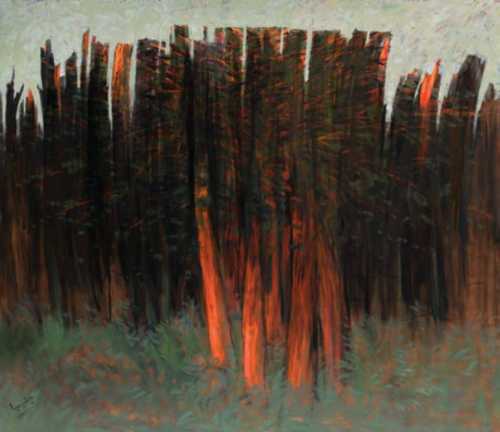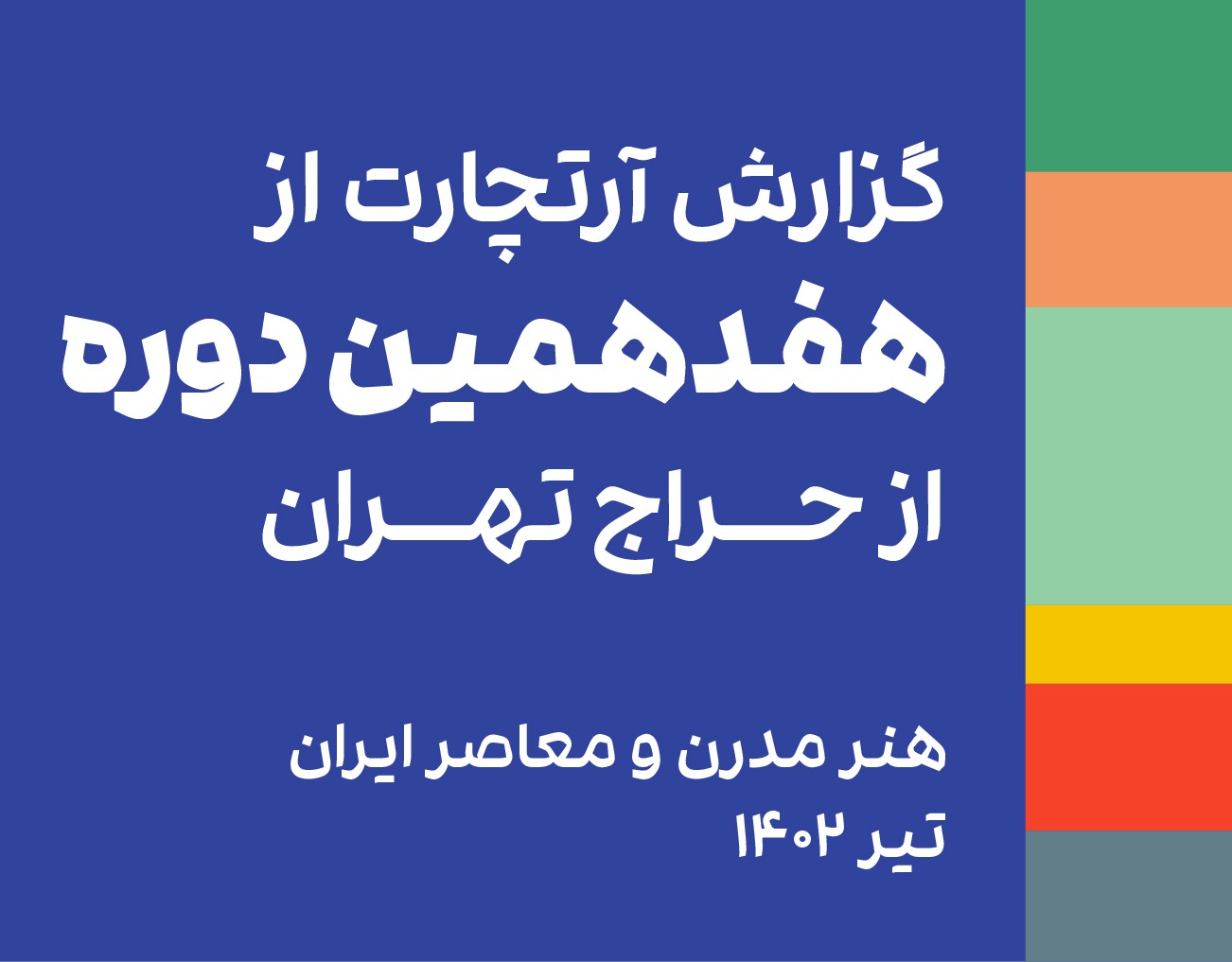About Kazem Chalipa
Kazem Chalipa was born in 1957 in Tehran. His father, Hassan Esmailzadeh, was a famous coffee house painter. Kazem Chalipa's interest in painting was rooted in his father's profession and he also learned the alphabet of painting from his father. Later, he went to the Academy of Fine Arts and studied painting there until 1976. After that, he entered the Faculty of Fine Arts and continued studying painting academically. After graduating in 1989, he went to Tarbiat Modares College and received his master's degree from this university. He also holds a PhD in Art Studies.
Chalipa was an assistant professor of Dr. Javad Hamidi at Tehran University for three years and also an assistant professor of Jalil Ziapour at the University of Arts for one year. Along with painting, he worked as a lecturer in universities. Later, he became a member of Shahed University faculty. In 2003, Kazem Chalipa was selected in the second biennial painting of the Islamic world. Also, in 2013, a collection of his different artistic periods was collected and displayed in the Tehran Museum of Contemporary Arts.
In expressing his religious, social, epic and lyrical themes, Chalipa has tried different methods from naturalistic representation to semi-abstract compositions. It can be said that his most sensitive works were created during the eight-year Iran-Iraq war. The works that were painted with an epic and emotional tone in association and sympathy with advertising devices; Works praising concepts such as "martyrdom", "sacrifice" and war. In these paintings, he used religious references to Shiite symbols and narratives to give a religious color to the events of the war. During the revolution, his paintings were more inclined towards social realism (which originated from Soviet art), but gradually he turned to a kind of imaginative and poetic expression and prioritized the expression of emotions over the logic of realism. As some of his paintings from the first period depict revolutionary fighters in objective situations such as the street, on the asphalt and next to the shutters of shops, but his paintings from the war period are in an imaginary and chaotic atmosphere, among angels or holy religious figures. Chalipa himself says in describing this period of his work: "There is a kind of energy, presence and pain in them. This was the atmosphere that was created at that time and it brought many people with it. He, like other like-minded and contemporaneous painters, turned to non-political themes and poetic nature paintings after the seventies. Although, in some of them, we can find an implicit and metaphorical rejection of the war period. The collection of paintings of burnt gardens is a good example to understand the characteristics of this style of his works.
Chalipa was an assistant professor of Dr. Javad Hamidi at Tehran University for three years and also an assistant professor of Jalil Ziapour at the University of Arts for one year. Along with painting, he worked as a lecturer in universities. Later, he became a member of Shahed University faculty. In 2003, Kazem Chalipa was selected in the second biennial painting of the Islamic world. Also, in 2013, a collection of his different artistic periods was collected and displayed in the Tehran Museum of Contemporary Arts.
In expressing his religious, social, epic and lyrical themes, Chalipa has tried different methods from naturalistic representation to semi-abstract compositions. It can be said that his most sensitive works were created during the eight-year Iran-Iraq war. The works that were painted with an epic and emotional tone in association and sympathy with advertising devices; Works praising concepts such as "martyrdom", "sacrifice" and war. In these paintings, he used religious references to Shiite symbols and narratives to give a religious color to the events of the war. During the revolution, his paintings were more inclined towards social realism (which originated from Soviet art), but gradually he turned to a kind of imaginative and poetic expression and prioritized the expression of emotions over the logic of realism. As some of his paintings from the first period depict revolutionary fighters in objective situations such as the street, on the asphalt and next to the shutters of shops, but his paintings from the war period are in an imaginary and chaotic atmosphere, among angels or holy religious figures. Chalipa himself says in describing this period of his work: "There is a kind of energy, presence and pain in them. This was the atmosphere that was created at that time and it brought many people with it. He, like other like-minded and contemporaneous painters, turned to non-political themes and poetic nature paintings after the seventies. Although, in some of them, we can find an implicit and metaphorical rejection of the war period. The collection of paintings of burnt gardens is a good example to understand the characteristics of this style of his works.
The Most Expensive Artwork
At Auctions
First Attendance
28 May 2013
# Attendance
8
# Artworks
8
Average Realized Price
5,639 USD
Average Min Estimate
3,863 USD
Average Max Estimate
5,422 USD
Sell-through Rate
100%
Average Growth of Artwork Worth
24.022%
Timeline
The 23rd Tehran - Modern and Contemporary Iranian Art auction
22 May
The 17th Tehran Modern and Contemporary Iranian Art auction
18 July
Tehran- 16th- Iranian contemporary art auction
1 July
Mirror reflections exhibition
19 January
The 14th Tehran- Contemporary Iranian Art auction
12 August
Souvenir exhibition
2 February
دوازدهمین دوره حراج تهران auction
17 January
دهمین دوره حراج تهران auction
11 January
The 6th Tehran- Contemporary Iranian Art auction
23 December
دومین دوره حراج تهران auction
28 May
Articles
۱7th Tehran Auction Sales Report 26 July 2023
The 17th Tehran auction: modern and contemporary, was held on Friday July 21st, 2023 at Parsian Azadi Hotel. This auction achieved a total sale of 214 billion tomans equivalent to 4.3 million dollars, which was a growth of 77.8% compared to the previous period. Artchart has observed the 17th Tehran auction in the upcoming report.

